Disclosure: This article contains affiliate links. We may earn a commission from purchases at no extra cost to you, which helps our travel content.
The Sonoran Desert holds secrets both celestial and terrestrial. As someone who's spent decades studying the night skies and healing traditions of the Southwest, I've found few places that blend these passions more perfectly than the rugged Superstition Mountains east of Mesa, Arizona. These ancient peaks aren't just geological wonders—they're portals to understanding the intimate connection between earth and sky that indigenous peoples have honored for millennia. Join me for a weekend journey through this mystical landscape where science and tradition dance together under the desert sun.
Planning Your Desert Pilgrimage
Mesa serves as the perfect basecamp for Superstition Mountain adventures. I've visited during every season, but fall (October through November) offers that sweet spot of comfortable temperatures and clear skies. After my health scare years ago, I became acutely aware of how environmental conditions affect our bodies, and trust me—hiking these trails in summer's 110°F heat is not medicina for anyone!
For accommodations, I bypass the resorts and opt for modest lodgings near the eastern edge of Mesa, keeping my budget intact for experiences rather than luxury. The Apache Trail Inn offers clean rooms at reasonable rates and puts you just 20 minutes from the trailheads.
Before hitting the trails, I always visit the Lost Dutchman State Park visitor center—their detailed maps and ranger insights have saved me countless wrong turns. While many visitors rush straight to popular spots, I've learned the value of proper preparation in desert environments.
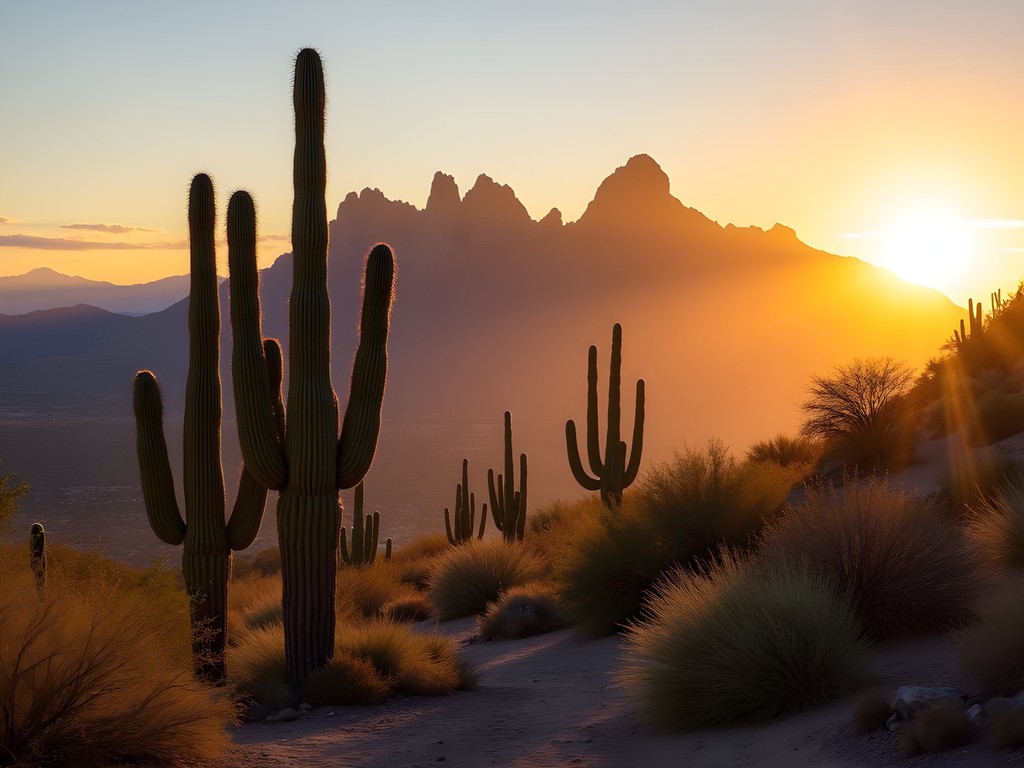
💡 Pro Tips
- Book accommodations on the east side of Mesa to minimize driving time to trailheads
- Visit during weekdays if possible to avoid weekend crowds
- Purchase an annual Arizona State Parks pass if you plan multiple visits—it pays for itself quickly
The Healing Trail: Peralta to Fremont Saddle
The Peralta Trail to Fremont Saddle (about 5 miles round-trip) remains my spiritual center in the Superstitions. The moderate climb rewards hikers with breathtaking views of Weaver's Needle, a volcanic monolith that served as both navigation point and sacred site for the indigenous Apache.
As a student of traditional medicine, I always pack my plant identification guide to identify healing flora along the way. The desert isn't barren—it's a living pharmacy! Creosote bush, whose resinous scent fills the air after rain, has been used for centuries to treat respiratory ailments. Desert jojoba provides natural skin protection, while the prickly pear cactus offers both hydration and blood sugar regulation properties.
The trail itself teaches the medicine of patience. Take your time here—I've found that maintaining a slow, steady pace with frequent water breaks prevents the altitude and dry air from overtaxing your system. During these pauses, I practice the mindfulness techniques I learned from a Tohono O'odham healer years ago: breathe deeply, observe closely, listen intently. The desert speaks if you're willing to hear it.
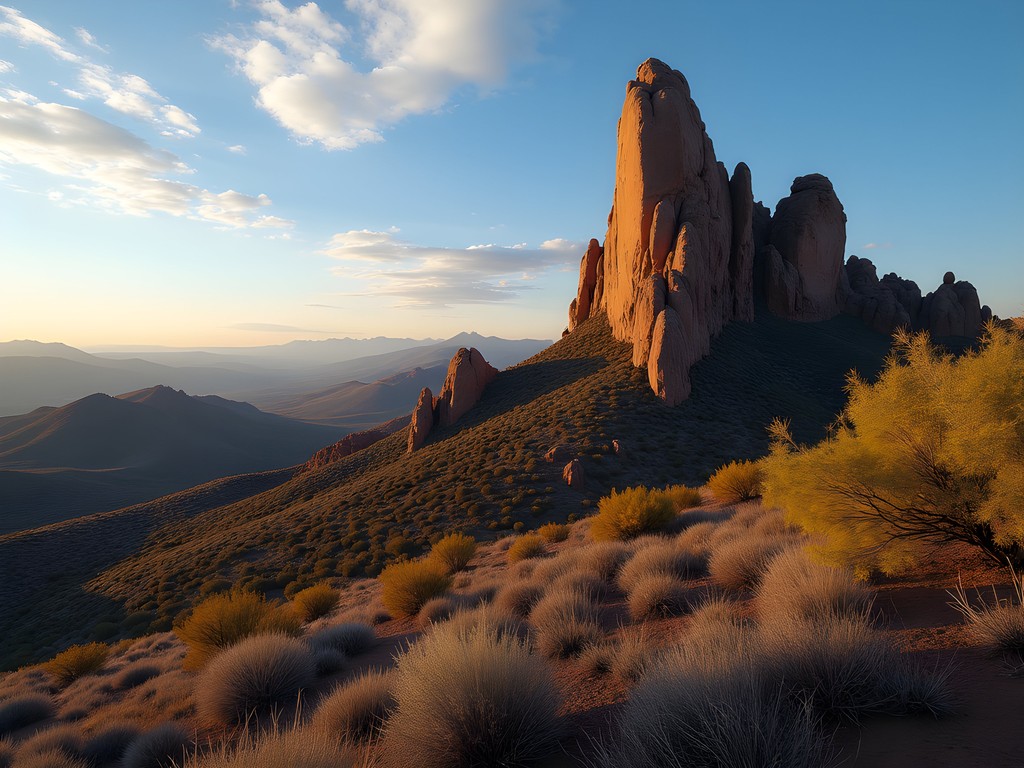
💡 Pro Tips
- Start this hike early (before 9am) to avoid afternoon heat
- Carry at least 3 liters of water per person, even in cooler months
- Look for desert bighorn sheep near rocky outcroppings—they're shy but often visible with patience
Stargazing in the Wilderness
One of my most profound experiences in the Superstitions happened after sunset. While most hikers retreat to Mesa for dinner, I've discovered that properly prepared nighttime visits reveal a different kind of magic. The Lost Dutchman State Park occasionally hosts stargazing events, but I prefer finding my own quiet spot near the Hieroglyphic Trail parking area (with proper permits).
My red light headlamp preserves night vision while navigating safely. The Superstitions sit far enough from Phoenix's light pollution to offer spectacular celestial viewing, especially during new moon phases. Through my portable telescope, Jupiter's moons and Saturn's rings become clear companions to the ancient peaks below.
The connection between astronomy and healing runs deep in Southwestern traditions. Apache healers understood celestial timing for gathering certain plants, while Hohokam petroglyphs throughout the region record solstices and astronomical events. As I observe the same stars that guided generations before me, I feel a profound connection to both the scientific principles of astronomy and the traditional knowledge that recognized these patterns millennia ago.
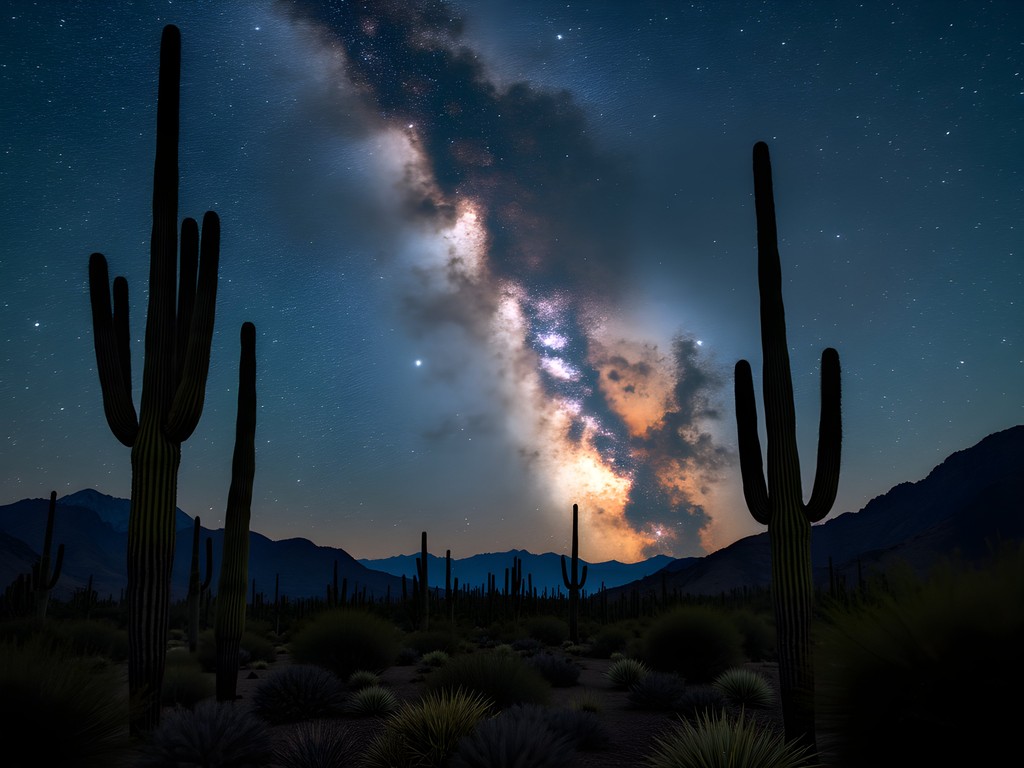
💡 Pro Tips
- Check moon phases before planning a stargazing trip—new moons offer the darkest skies
- Always inform someone of your nighttime viewing plans and expected return time
- Bring extra warm layers—desert temperatures drop dramatically after sunset
Desert Wisdom: Survival and Respect
The Superstition Mountains demand respect—they've claimed lives of the unprepared. My UX design background has taught me that user experience matters in wilderness just as much as in digital spaces: anticipate needs, reduce friction points, and design for safety.
I never venture out without my desert survival kit containing first aid supplies, emergency blanket, and signaling tools. Equally important is my GPS device that works without cell service—critical in these remote areas where reception is spotty at best.
Beyond physical safety, there's the matter of cultural respect. These mountains are sacred to several indigenous nations. The legend of the Lost Dutchman's Gold Mine has drawn fortune hunters for generations, but I've found greater treasure in understanding the traditional ecological knowledge of these lands. When I encounter areas with petroglyphs or obvious cultural significance, I observe without touching and leave no trace of my presence.
My friend Miguel, a local ethnobotanist with Apache heritage, once told me: "The desert doesn't give its secrets to visitors—only to relatives." I've spent years building that relationship with the Superstitions, learning to see beyond the harsh exterior to the intricate web of life and knowledge that thrives here.
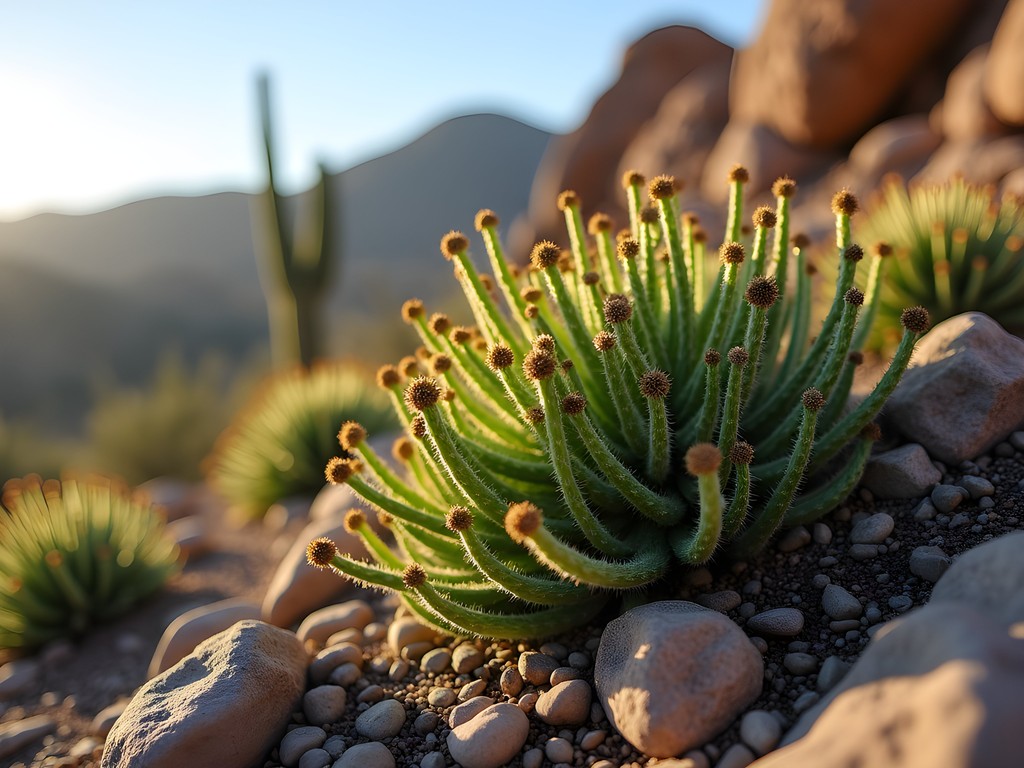
💡 Pro Tips
- Download offline maps before your hike—cell service is unreliable
- Tell someone your exact hiking plans and expected return time
- Learn to identify both healing plants AND dangerous ones like jumping cholla cactus
Budget-Friendly Exploration Tips
Experiencing the Superstitions doesn't require emptying your wallet. As someone who stretches travel dollars to fund multiple trips annually, I've developed strategies for maximum experience with minimum expense.
First, timing matters. Visiting mid-week during shoulder season (October-November or March-April) means lower accommodation rates in Mesa. I've saved nearly 40% on rooms simply by shifting my schedule by a few days.
For meals, I pack a lightweight camping stove and prepare simple meals at picnic areas rather than dining out for every meal. Local Mexican markets in Mesa offer affordable, fresh ingredients for trail lunches that put expensive energy bars to shame.
Equipment rentals can add up quickly. Instead, I've invested in quality gear that serves me across multiple destinations. My hiking poles have supported me from Arizona to the Andes and paid for themselves many times over.
Finally, knowledge is both free and priceless. The Mesa Public Library offers excellent resources on local geology, flora, and indigenous history. I always spend an afternoon there before heading to the mountains, gathering insights that no paid tour could provide.
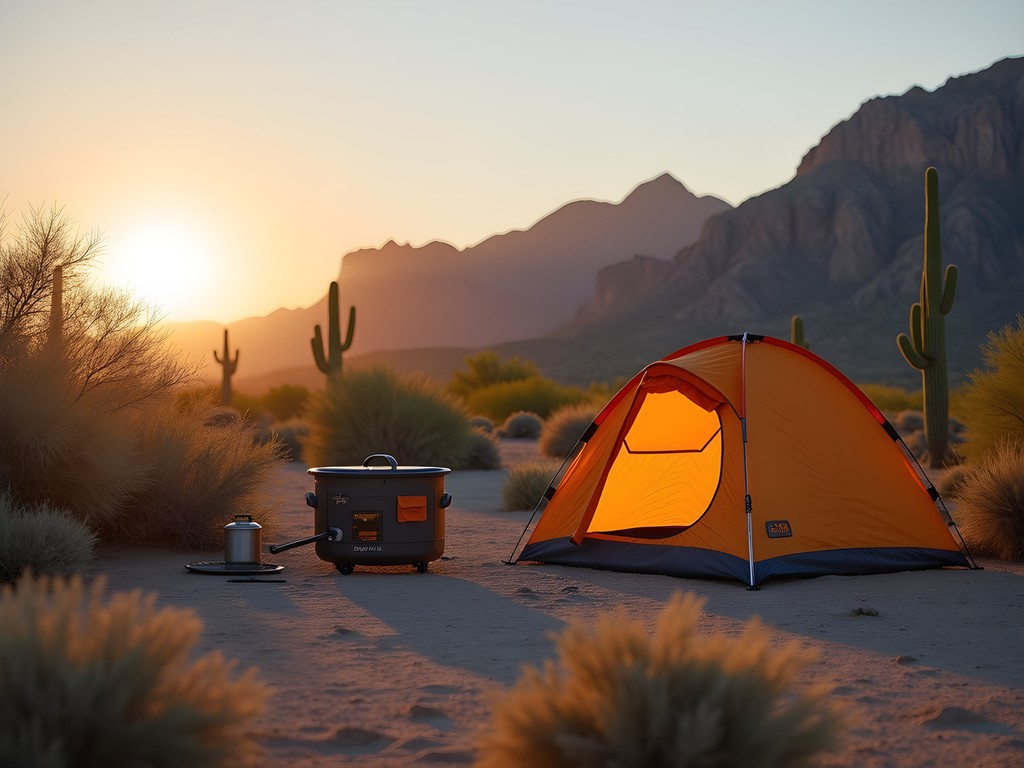
💡 Pro Tips
- Use the free shuttle service from Mesa to Lost Dutchman State Park during peak season
- Fill water bottles at the visitor center before trails—buying bottled water adds up quickly
- Photography permits are free but required for commercial use—check regulations if you plan to sell your images
Final Thoughts
The Superstition Mountains have been my teacher for over a decade now, offering lessons in both scientific observation and traditional wisdom. Each visit peels back another layer of understanding—about the resilience of desert life, the precision of ancient knowledge, and my own capacity for wonder.
Whether you come seeking geological marvels, astronomical clarity, or connection with traditional healing knowledge, these mountains deliver with quiet authority. Just remember that true exploration happens not just with your feet but with your mind and heart open to what the landscape offers.
As we face increasingly digital lives, places like the Superstitions become even more precious—reminders that some knowledge can only be gained through direct experience with the natural world. So pack your water bottle, lace up your boots, and come meet these mountains on their own terms. Like the traditional healers who gathered plants under specific stars, you might find that timing your visit with celestial events adds another dimension to your experience. Que las montañas te bendigan—may the mountains bless you with their ancient wisdom and endless beauty.
✨ Key Takeaways
- The Superstition Mountains offer budget-friendly adventure within easy reach of Mesa
- Fall months provide ideal hiking conditions with moderate temperatures and clear skies
- Combining astronomical observation with traditional plant knowledge creates a unique desert experience
- Proper preparation and respect for both natural hazards and cultural significance is essential
📋 Practical Information
Best Time to Visit
October-November or March-April
Budget Estimate
$200-400 for a weekend (accommodations, food, park fees)
Recommended Duration
2-3 days minimum
Difficulty Level
Moderate
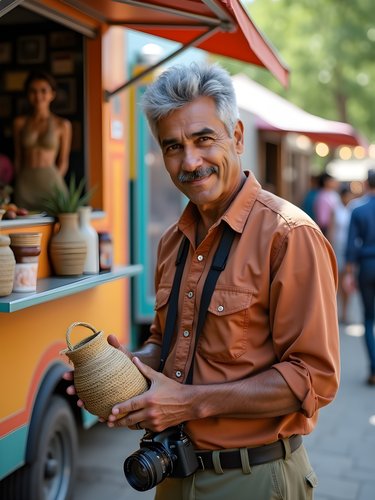
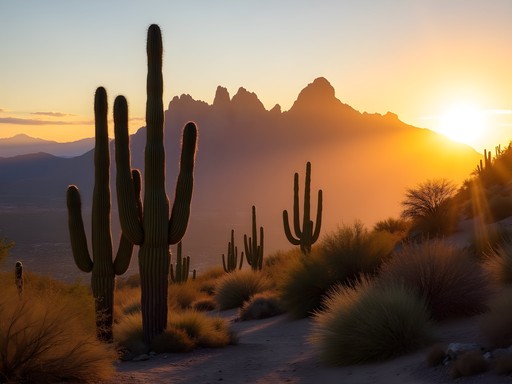
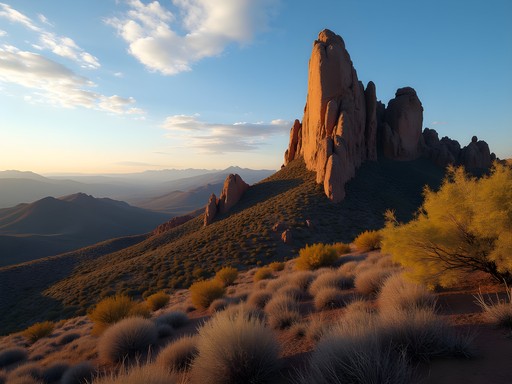
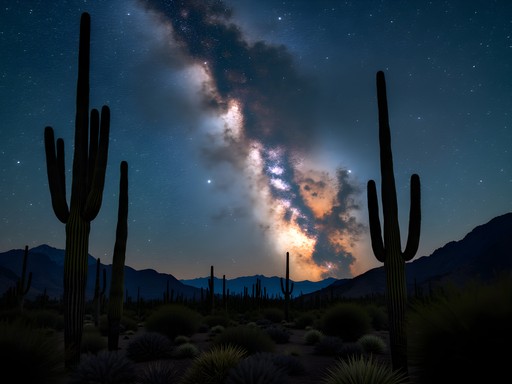
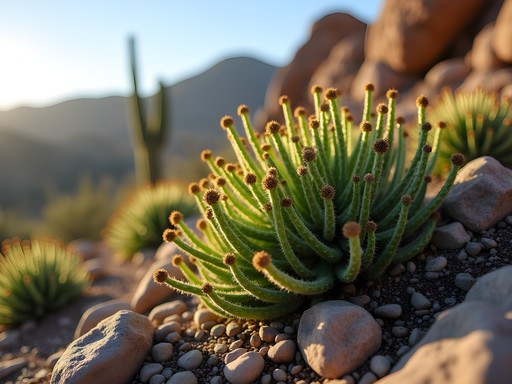
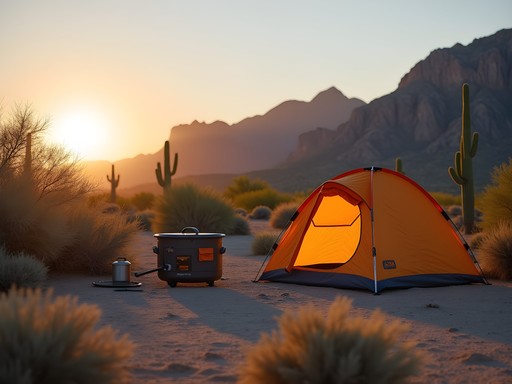



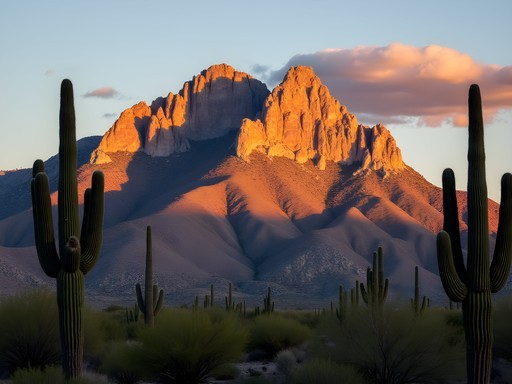

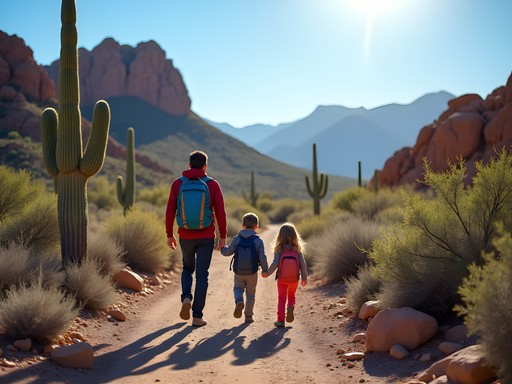
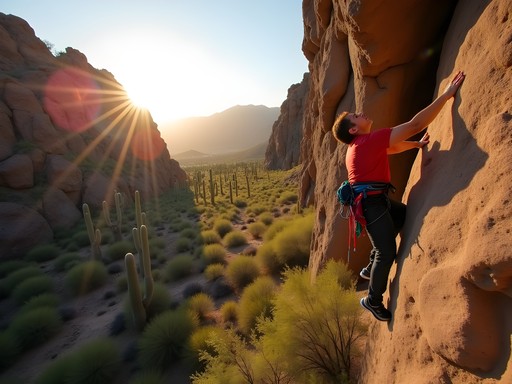


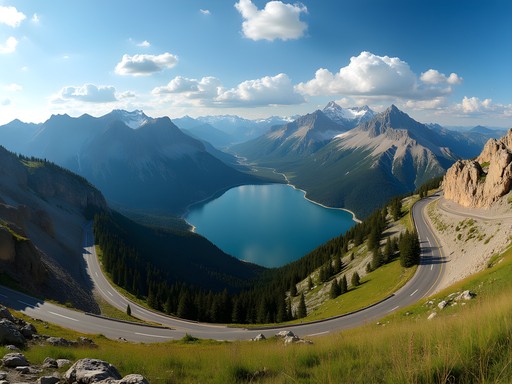
Comments
Frank Garcia
For anyone planning this hike in the coming months, I'd suggest downloading the area map offline on AllTrails or similar apps. Cell reception is spotty at best in parts of the Superstitions. The trail is well-marked but having digital backup gave me peace of mind, especially when exploring some of the side paths Zachary mentions in the Healing Trail section.
first_time_hiker
Thanks for the tip! Going there next week and hadn't thought about the cell reception issue.
Gregory Boyd
Fantastic write-up on the Superstitions, Zachary. I tackled these trails last year during my North American desert odyssey and your section on stargazing is spot-on. I'd add that First Water trailhead offers some surprisingly accessible night sky viewing for those not wanting to camp. For serious photographers, I found my headlamp with red light mode essential for preserving night vision while setting up shots. One question - did you experience any issues with flash flooding on the lower trails during monsoon season? I had a close call near Hieroglyphic Trail and wonder if that's common.
Zachary Morales
Great tip about First Water for stargazing, Gregory! And yes, flash flooding is a very real concern during monsoon season. The washes can transform from bone dry to raging torrents in minutes. I've had to delay hikes or take alternate routes several times. Hieroglyphic Trail is particularly notorious for this - those smooth rock surfaces channel water efficiently. Always check weather forecasts and be prepared to change plans if thunderstorms are anywhere in the area.
trailblazer_jane
That sunrise shot over Weavers Needle is incredible! What time did you have to start hiking to catch that?
nomadmood
Just hiked Peralta to Fremont Saddle last weekend and wow, those views of Weaver's Needle are even better than your photos show! That last stretch before the saddle is a lung-buster though. Did you find that little unmarked side trail that leads to the perfect photo spot? Took us three trips to discover it. Definitely bringing friends back in November when the temps drop a bit more.
Zachary Morales
Thanks for reading, nomadmood! That side trail is one of my favorite secrets - I call it Photographer's Point. November is perfect timing - the light hits Weaver's Needle just right around 4pm that time of year.
nomadmood
Perfect! I'll plan for a late afternoon hike then. Any water sources that time of year or still bring all you need?
Zachary Morales
Always bring all your water in the Superstitions - even in November. I typically carry 3L for that trail, more if it's warmer.
SkyWatcher
Those stargazing tips are great! Any specific spots you'd recommend for astrophotography?
Zachary Morales
Thanks for asking! I've had great results at Flat Iron Vista Point - minimal light pollution and a dramatic foreground for night sky compositions. Just make sure you're back at the trailhead before it gets too dark unless you're very experienced with night hiking.
ArizonaLocal75
Great post! As someone who lives nearby, I'd add that Hieroglyphic Trail is perfect for beginners too.
globevibes
omg this post brings back so many memories!!! did the wave cave trail last winter and it was EPIC! the superstitions have this magical vibe that's hard to explain. zachary - your section about desert wisdom is so spot on! we had a close call when we underestimated how quickly it gets dark. thankfully we had our headlamp which was a total lifesaver for the hike back. also that part about the healing traditions resonated with me - there's something about that desert landscape that just resets your whole system. definitely follow the advice about starting early - by 10am it was already getting pretty toasty even in december!
desert_wanderer
The Wave Cave is on my bucket list! Is it as crowded as people say?
globevibes
It gets busy around 9-11am but we went super early (like 6:30am start) and had it almost to ourselves for a bit! Totally worth the early alarm!
Frank Garcia
Brilliant write-up, Zachary! I hiked the Peralta Trail last autumn and the transition from desert floor to Fremont Saddle was absolutely stunning. The geological formations are unlike anything I've seen in my European travels. One thing I'd add for fellow hikers - the temperature swing between day and night is quite dramatic. I started before sunrise and was grateful for my layering system. Also, the stargazing section resonated with me - I spent an hour just lying on a boulder watching the night sky unfold. It's remarkable how the darkness preservation efforts around Mesa make for such exceptional celestial viewing.
globevibes
Did you see the Weavers Needle formation? That was my highlight when I went last year!
Frank Garcia
Absolutely! Weavers Needle was magnificent - especially with that golden hour light hitting it. I must have taken 50 photos trying to capture it properly.
hikermom42
How much water did you bring? Planning a trip with my teenagers next month.
Frank Garcia
I brought 3 liters for a 6-hour hike and nearly ran out. For teenagers, I'd recommend at least that much per person, especially if you're going during daytime. The desert air is deceptively dry!
Bryce Diaz
Zachary, your blend of astronomy and hiking speaks to me on so many levels. I've been exploring the Southwest for nearly two decades, and the Superstitions remain one of my most spiritual places. Last winter, I spent three nights camping near Weaver's Needle during a meteor shower - an experience I'll never forget. The silence out there has a weight to it, doesn't it? For anyone planning a multi-day trip, the area around Charlebois Spring offers good camping with some protection from the wind. Just remember to get your backcountry permit and bring a reliable water filter since the springs can be unpredictable. And Zachary's point about respecting the land is so important - I've noticed more trash on the trails in recent years. Let's all pack out everything we bring in and preserve this magical place.
staradventurer
Anyone tried the Hieroglyphic Trail mentioned in the post? Looking for something shorter for my first day in the area.
mountainchamp
Hieroglyphic Trail is perfect for a first day! Easy 3-mile round trip with ancient petroglyphs and sometimes a small waterfall if there's been rain. Way less crowded than Peralta too.
staradventurer
Perfect! That's exactly what I'm looking for. Thanks!
Venture X
Premium card with 2X miles, $300 travel credit, Priority Pass